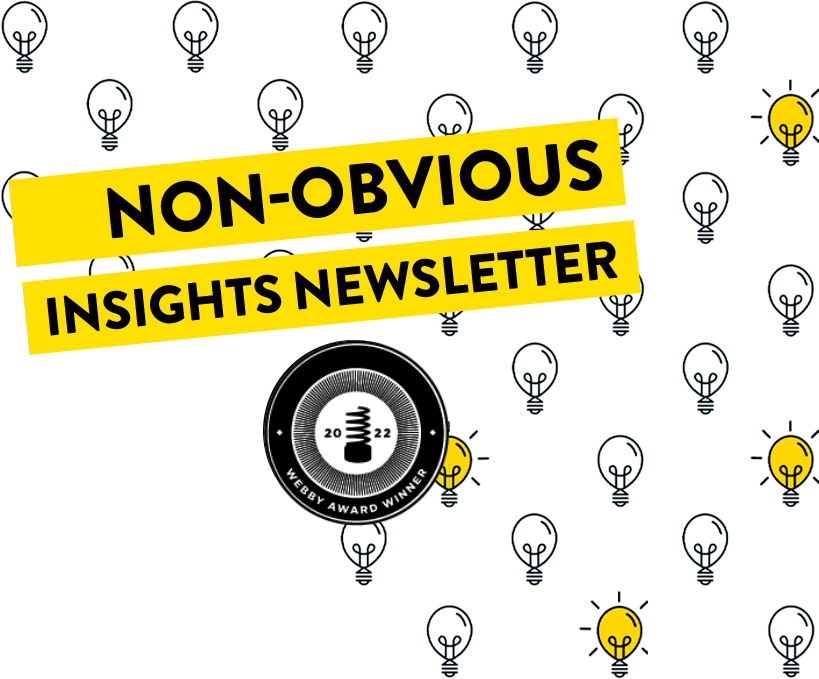Student Who Ate $120k Banana From Modern Artwork Tells His Story
![]()
Last year, a US judge issued a landmark ruling that an artist “cannot copyright duct tape or bananas.” These were the two primary materials used by Italian artist Maurizio Cattelan when he taped a banana to a wall, called it art and then was promptly sued by another artist who said he was actually the first to duct tape fruit to a wall.
Later, in a twist no respectable modern art lover could have anticipated, Korean student Noh Hyun-soo visited the exhibit and ate the banana (which is changed in the exhibit every few days anyway by following “meticulous” instructions from the artist). Now Hyun-soo is finally telling his side of the story, which offers the closure to this saga you’ve probably been anxiously waiting for. Apparently, there was no alarm, no one tried to stop him, and the banana tasted just fine.
Why did he do it? Hyun-soo was elusive on that particular question, suggesting in an interview that “it’s up to the public to decide on that.” I suppose if enlightened art patron’s believe the original piece was “a work of concept art,” then logic would suggest the student who ate it should probably be considered a conceptual performance artist and paid $120k as well. Unless he gets sued by someone who has eaten a banana before him, of course.
How One-Star “Review Bombing” on GoodReads Is Tanking Books and Manipulating Public Opinion
Recently in a workshop I was leading, a gentleman mentioned he would often judge a book by its Amazon reviews. The problem with this strategy is that sometimes those reviews are unfair, biased or come from people who have never actually read the book. Author Cecilia Rabess is a case study in what happens when a book becomes the target of a concentrated negative “review bombing” campaign online. Many of the one-star reviews for her novel were from “readers” who admitted they hadn’t actually read the book but were objecting solely based on its story (where “a young Black woman falls in love with a conservative white co-worker with bigoted views”).
This sort of weaponization of one-star reviews can be quite common on the GoodReads platform (owned by Amazon) and also feeds a deeper cultural problem of how a small minority of negative voices get amplified to shape public opinion. So how do we fight the manipulation? Perhaps start with judging a book by more than just it’s online reviews.
Where Have All The Irredeemable Bad Guys Gone?
The truly irredeemable bad guy might be dying in storytelling. Recent animated stories like Frozen II and Encanto tell stories where the “enemy” is a character’s inner conflict. Pixar’s mostly disappointing new film Elemental also chose to edit out the film’s originally planned villain character. Meanwhile you have plenty of streaming hit shows where the bad guy hero is a serial killer (for example) and also deeply human and relatable.
It’s enough to make anyone wonder … why are there so many stories these days where the bad guys are so sympathetic? There are lots of theories to answer this question online. Some believe good characters seem too perfect, while bad ones are more relatable. Others suggest the complexity of bad guys makes them more interesting. The theory I like best is that a great bad character makes us face our own dark side. What do you think?
The Rise of the Death Doula Industry
Helping people get ready for the inevitable hasn’t always been a lucrative profession. Most people don’t want to think much about what will happen when they die. The pandemic brought our mortality front and center, and an industry has accelerated from that time shaped by consultants who often call themselves “death doulas”. Their job is to help guide people through medical and financial decisions as well as thinking through bigger questions; such as what they want their legacy to be.
Most fascinating is the way that they are candidly sharing their services in local communities, by hosting “death cafe” events at a local bookstore where people can have “casual conversations about death.” It’s a special type of person who can get others to open up in a conversation about this. As the world talks about jobs that are safe from potential AI-disruption or automation … death doulas seem like they belong pretty high on that list.
Nokia’s Latest Phone Has A Critical Innovation Every Competitor Should Copy (If We Are Lucky)
Imagine if paying hundreds of dollars to fix a cracked iPhone screen was a thing of the past. My Samsung is far more durable than an iPhone, but Nokia’s latest Android phone just wowed tech journalists this week with the groundbreaking announcement that you can order parts to self-repair a cracked screen, dead battery, broken charging port, or damaged rear cover.
Through a global partnership with iFixit, the phone sets a new standard in durability, sustainability and dramatically increases the useful lifespan of the phone. For those reasons alone, it’s worth celebrating this phone. Maybe if we do, other phone manufacturers will follow their lead.
Even More Non-Obvious Stories …
Every week I always curate more stories than I’m able to explore in detail. Instead of skipping those stories, I started to share them in this section so you can skim the headlines and click on any that spark your interest:
- Crocs Now Makes Cowboy Boots … And They Look Exactly Like You Think They Would
- LinkedIn Changed Its Algorithms — Here’s How Your Posts Will Get More Attention Now
- After Legalizing Mushrooms, Denver Hosted a Psychedelic ‘Science’ Conference
- A Symbol of What Humans Shouldn’t Be Doing’: The New World of Octopus Farming
- Hacker Discovers Secret “Elon Mode” To Hack Tesla Cars for Full Self-Driving and More
- Australian Toilet Paper Company Spells Out “Who Gives A Crap?” On Roof With Solar Panels
How are these stories curated?
Every week I spend hours going through hundreds of stories in order to curate this email. Looking for a speaker inspire your team to become non-obvious thinkers through a keynote or workshop? Watch my new 2023 speaking reel on YouTube >>





